blog
Book Review: Close to the Bayou by Dimitri Staszewski
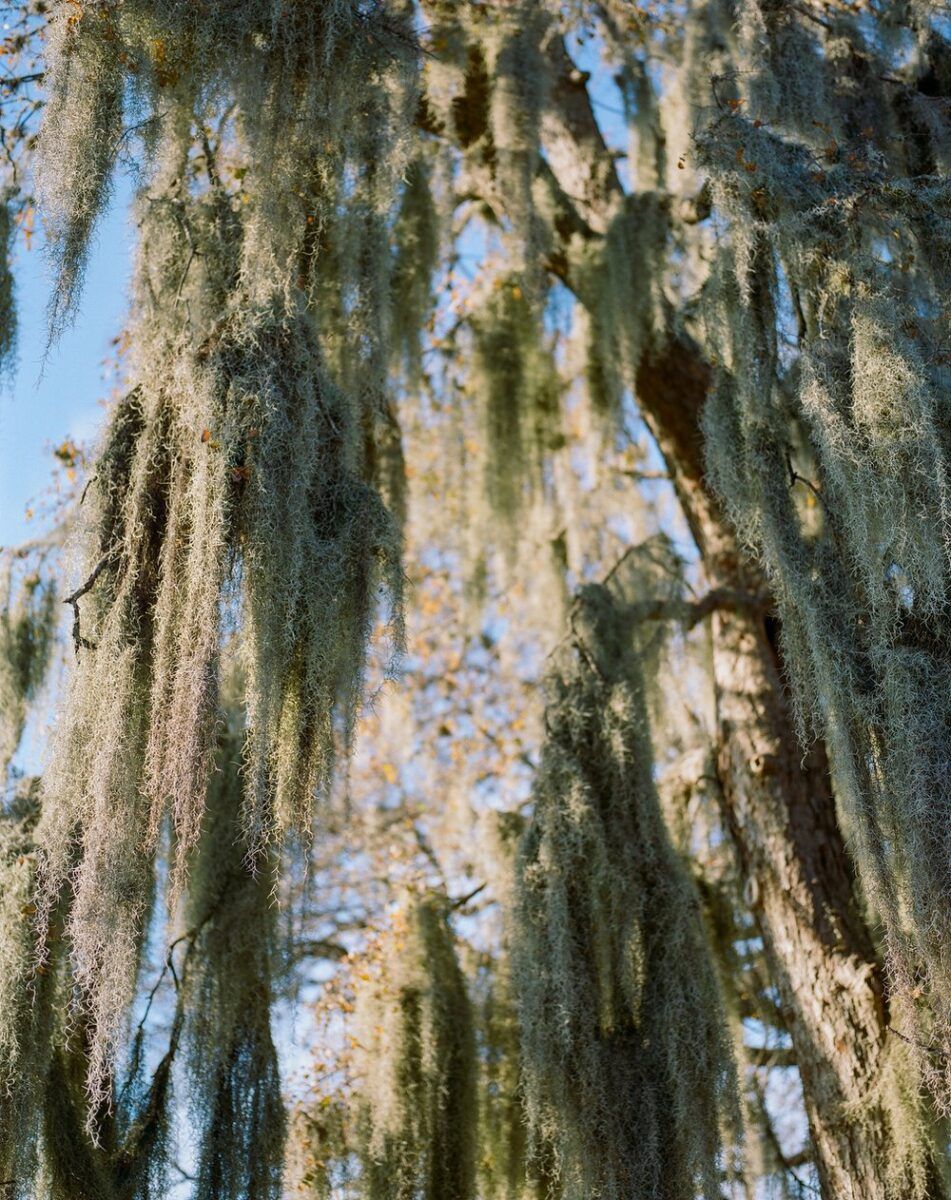
All photographs are copyright Dimitri Staszewski from the book Close to the Bayou published by Workshop Arts
Close to the Bayou is a tribute to the power of artmaking in the face of mortality, and explores the enduring legacy of what is passed along in the process. Dimitri Staszewski’s work explores the complex dynamics of male intimacy, the isolation of illness, the profound bond of mentorship, and the experience of cancer. It documents the physical and emotional space shared by Staszewski and Thomas Mann during Mann’s prostate cancer treatment at the height of the COVID-19 pandemic. Even while undergoing treatment, Mann, a renowned artist, pressed on and created work with remarkable intensity, facilitated by Staszewski’s unwavering support.
This book prompts viewers to define their own understanding of “closeness to the bayou” and what that means in their own lives Staszewski uses the Louisiana bayou as a springboard to create a metaphorical space, one he associates with Mann, a longtime family friend, close personal friend and mentor. Close to the Bayou then guides viewers to reflect on their own relationships with life’s core elements – death, love, light, and the act of creation – regardless of the time we perceive we have remaining.
Staszewski’s journey with Close to the Bayou took a dramatic turn when he was diagnosed with cancer, requiring surgery and chemotherapy. This personal crisis compelled him to reassess the project, leading to a significant revision. The themes he had initially documented in his friend and mentor’s experience now resonated deeply with his own. The question, “What does it mean to be close to the bayou?” transformed from an observation to a lived experience.
The resulting book stands as a visual testament to the extraordinary life and creative spirit of Thomas Mann. It also evolves into Staszewski’s own reflection, exploring universal themes of illness, the unknown, the impact of mentorship, and the deep connection between our physical bodies, our surroundings, and the memories that define us.
Visually, Staszewski employs visual symbolism in his images of moss hanging from tree branches, which echo in the portraits of Mann’s hair hanging off his bedside covers or down the back of his shirt. Staszewski repeats the moss motif throughout the book – in text and photos. Upon opening the book, the reader encounters the sentence, “Spanish moss reminds me that I’m close to the bayou,” printed on a vellum sheet. This translucent layer partially obscures a hazy photograph of a park or playground basketball backboard, creating some visual mystery. By turning the vellum page, we see the photo clearly. There is no rim or net, only a backboard mounted on goal posts. In front of a tree bedraggled with Spanish moss, the backboard stands silently like a monument or statue.
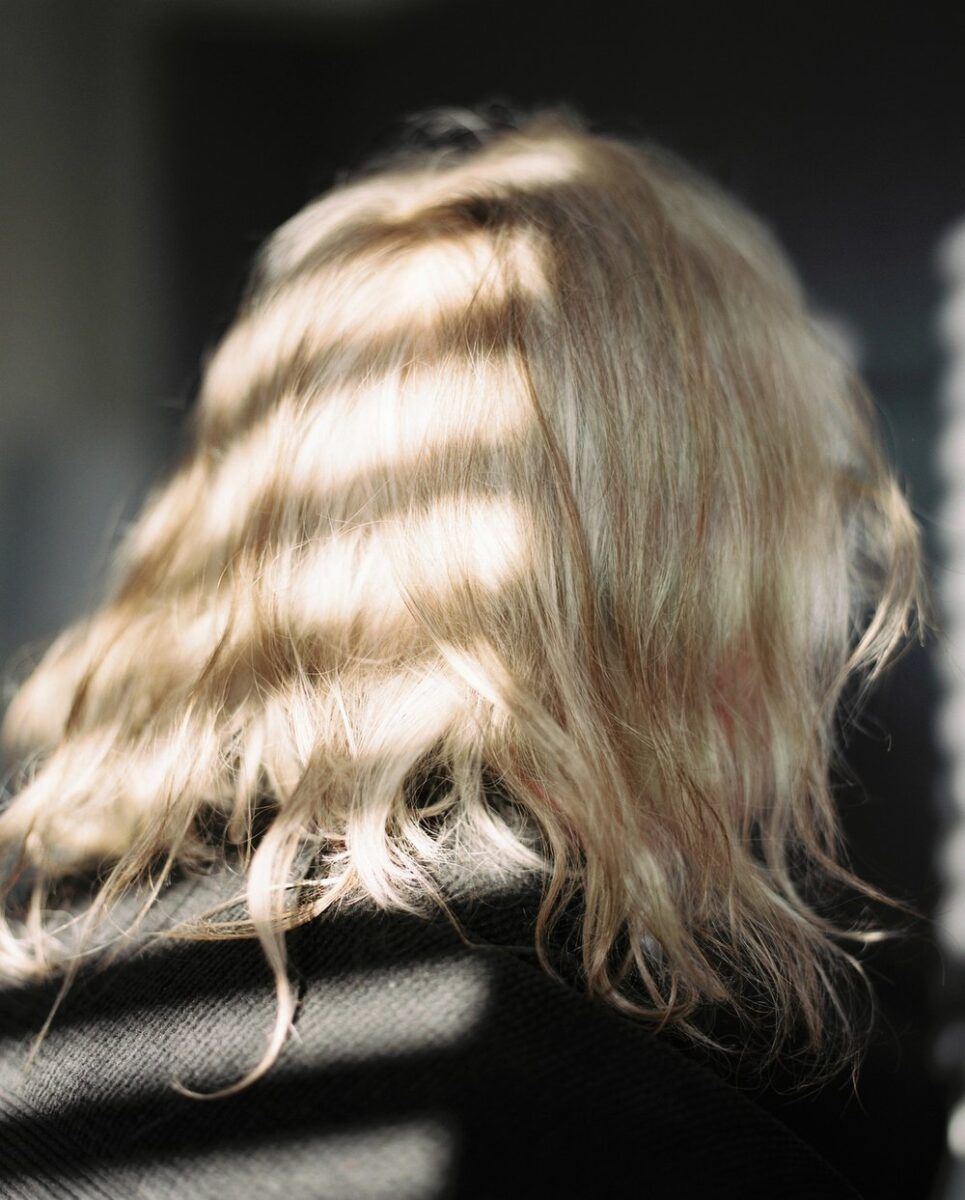

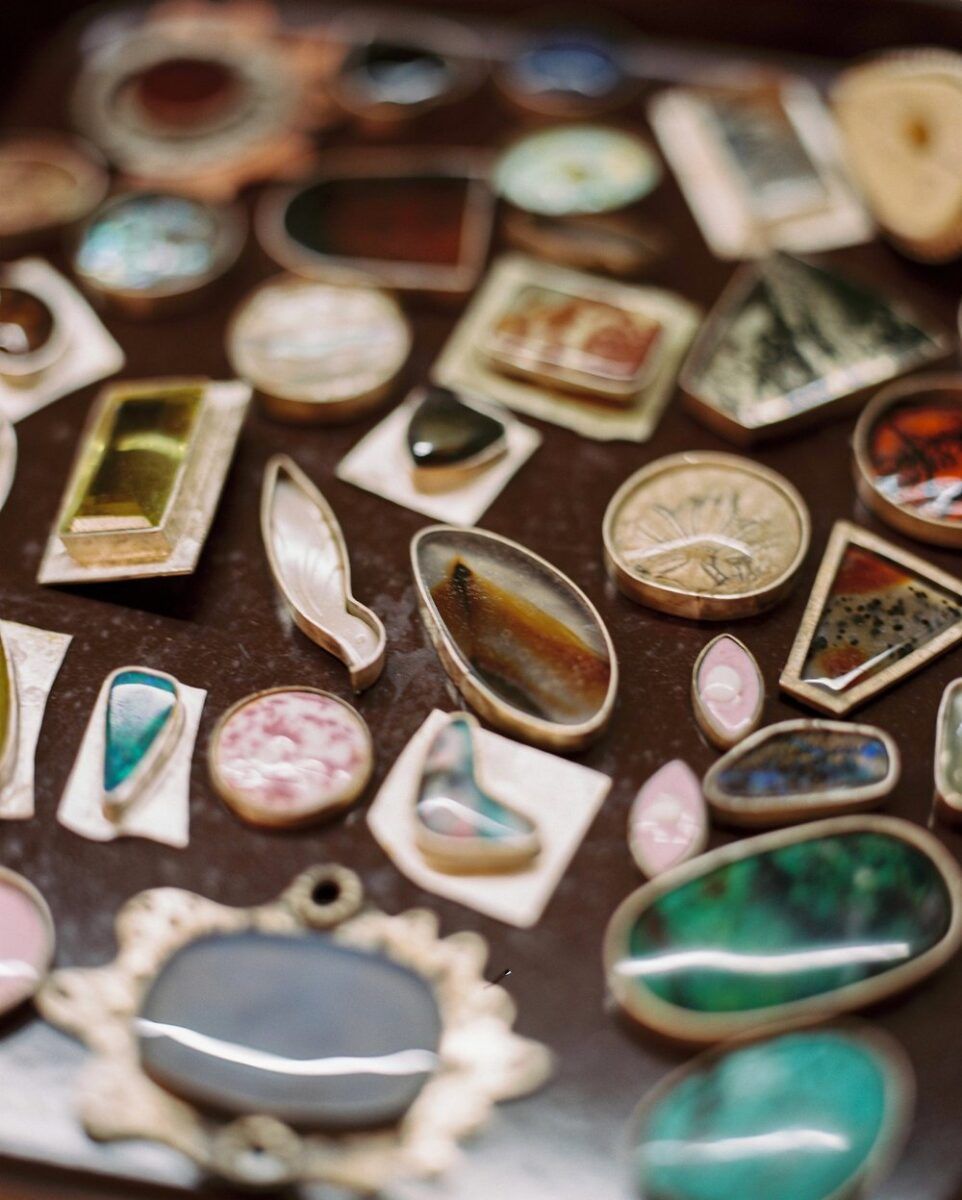
The moss also serves as a symbol and touchstone for Staszewski’s connection to wildness, creativity and ultimately to New Orleans and Mann himself. Several times in the book, Staszewski states that moss reminds him of his closeness to the bayou. Close to home. Close to a true lifelong friend. These are the things people grasp for when too much of their life is unmoored – like struggling with cancer, or staring down one’s own mortality.
Staszewski’s photos also show Mann’s workspace, his tools, and vignettes of him at work or reading or posing for a portrait. These are quiet studies which give a palpable sense of warmth, connection and intimacy. It is as if Staszewski knows to really look and pay attention to the little things that matter so much. These details are like treasured keepsakes, ones we can cherish and remember the essence of a person or recall their spirit.
Staszewski’s use of “Bayou” reminds me of the symbolism of “rosebud” in Citizen Kane. Unlike Kane’s treasured childhood sled, the bayou is something Staszewski has never lost touch with. The bayou is the opposite of an emotional void. In his case, the bayou symbolizes something that grounds and centers Staszewski and makes him feel happy in the past and the now. Much like the moss, the bayou is a touchstone as well.
The velum pages and smart interplay of text and images is wonderfully designed. Staszewski writes, “The vellum reflects the brain fog of cancer treatment, the fog that exists in San Francisco where I grew up, the essence and feeling of the bayou and New Orleans that Tom calls home. Tom also uses translucent paper in his work. All of these design elements felt like a way to physically represent his spirit and practice in the book. I’m using the book as a medium to reinforce what it means to be close to the bayou.” A creative interplay is created when Staszewski’s words and sentences appear on overlapping pages, recto and verso pages, or the front and back of the same translucent page. This creates an overlapping dialog, like hearing two different conversations taking place at the same time. New poems are made from longer narrative ones, or an isolated string of words strike a strong emphasis. Book designer Caleb Cain Marcus’s skills are also on point.
For example, this passage…
The other day Tom told me
“Artists reflect the times we live in. That’s our job.
We are here to interpret our reality for people who do not have a way
to do that themselves.
Our job is to deliver perspective.”
… gets redacted to reveal:
“Artists
interpret reality
to deliver perspective”
The thoroughly considered design cover of Close to the Bayou features embroidery over each of the letters in the title, loose ends left to drift around, begging to be touched. The ties that bind. The interior is also meant to be touched, with pages of various sizes and orientation so the reader is constantly sifting through the narrative unfolding before them. It’s a photo book that is fully considered as book-as-medium for artistic expression.
Text appearing on the end pages of the book are of Staszewski receiving his own cancer diagnosis. The story folds back on itself for the viewer experiencing the book cold. Before the end pages, we return visually to the forlorn scene of the basketball court with its curtain of Spanish Moss as a backdrop. There still is no rim or net. No points will be scored here today, no goals made. But we are in Staszewski’s bayou; both Mann and Staszewski are alive, and this book’s narrative, born from shared experience, reveals their enduring strength of friendship and the bond forged through mutual support. It is a deeply personal journey of survival, a celebration of the human spirit’s capacity to endure, and a reminder to cherish the connections that illuminate our lives.
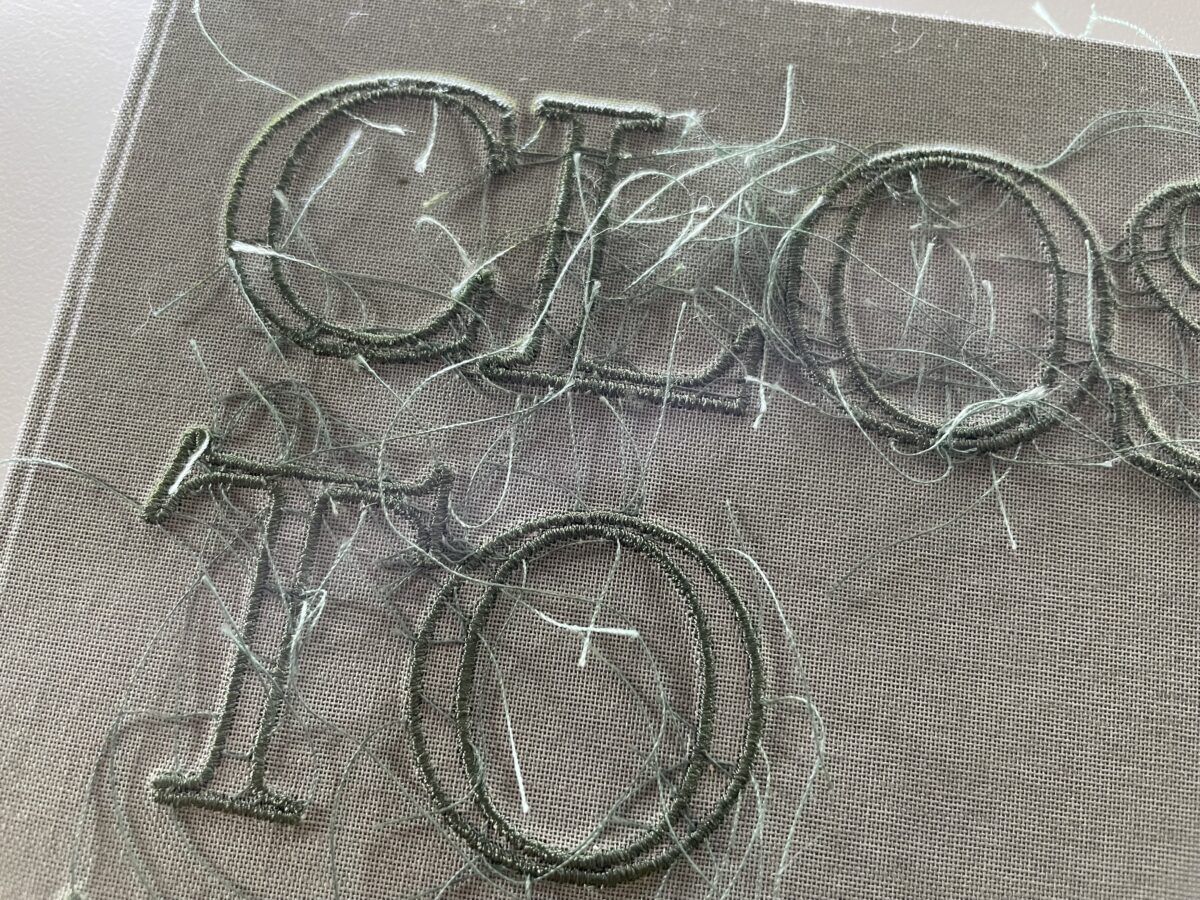
Detail of Close to the Bayou cover design

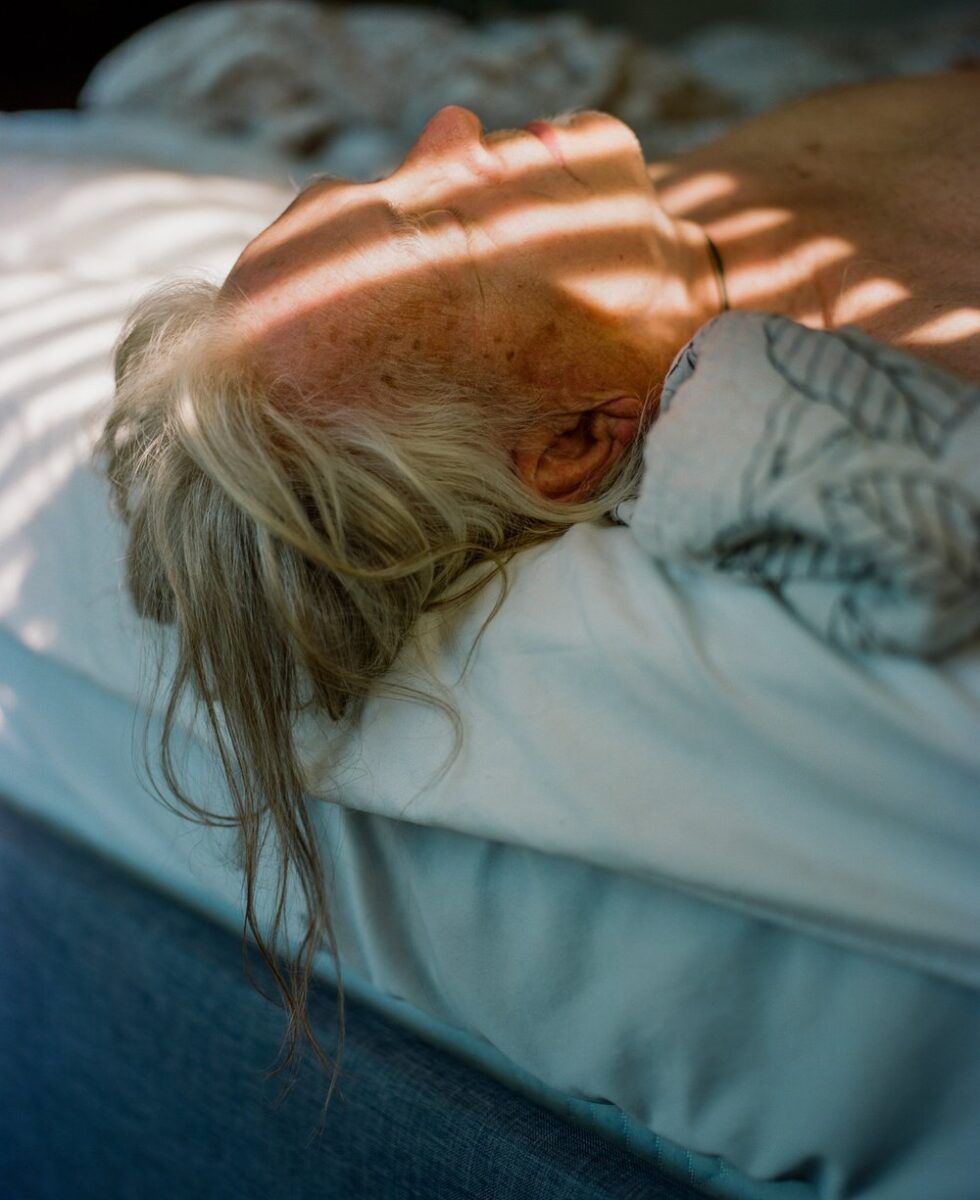


::
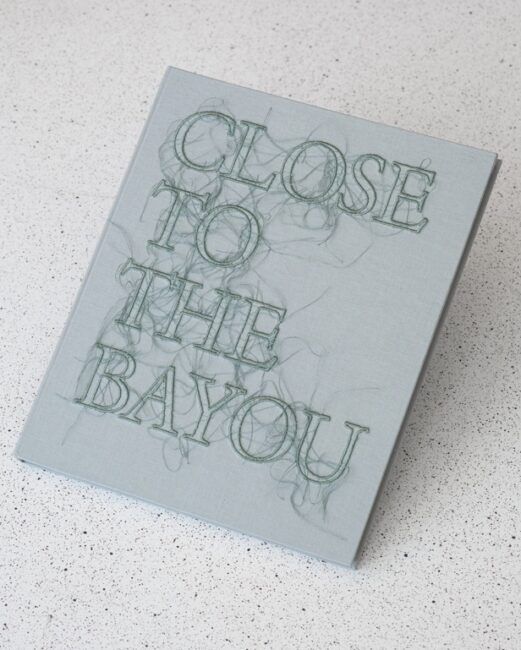
Close to the Bayou by Dimitri Staszewski
Designed by Caleb Cain Marcus, Luminosity Lab
Published by Workshop Arts (Fall 2024)
Number of pages: 120 of varying sizes
Dimensions: 7.56 x 9.12 inches
Binding: Hardcover Swiss
::
Dimitri Staszewski is a documentary photographer and photojournalist based in Austin, Texas. He is interested in both lyrical and more literal expressions of the photographic medium. Staszewski is engaged in long-term projects that use intimate and specific storytelling to shed light on relatable and global issues. Cultural preservation is often at the core of his work and bookmaking has become essential to his practice.
Location: Online Type: Book Review
Events by Location
Post Categories
Tags
- Abstract
- Alternative process
- Architecture
- Artist Talk
- artistic residency
- Biennial
- Black and White
- Book Fair
- Car culture
- Charity
- Childhood
- Children
- Cities
- Collaboration
- Community
- Cyanotype
- Documentary
- Environment
- Event
- Exhibition
- Faith
- Family
- Fashion
- Festival
- Film Review
- Food
- Friendship
- FStop20th
- Gender
- Gun Culture
- Habitat
- Hom
- home
- journal
- Landscapes
- Lecture
- Love
- Masculinity
- Mental Health
- Migration
- Museums
- Music
- Nature
- Night
- nuclear
- p
- photographic residency
- Photomontage
- Plants
- Podcast
- Portraits
- Prairies
- Religion
- River
- Still Life
- Street Photography
- Tourism
- UFO
- Water
- Zine

Leave a Reply